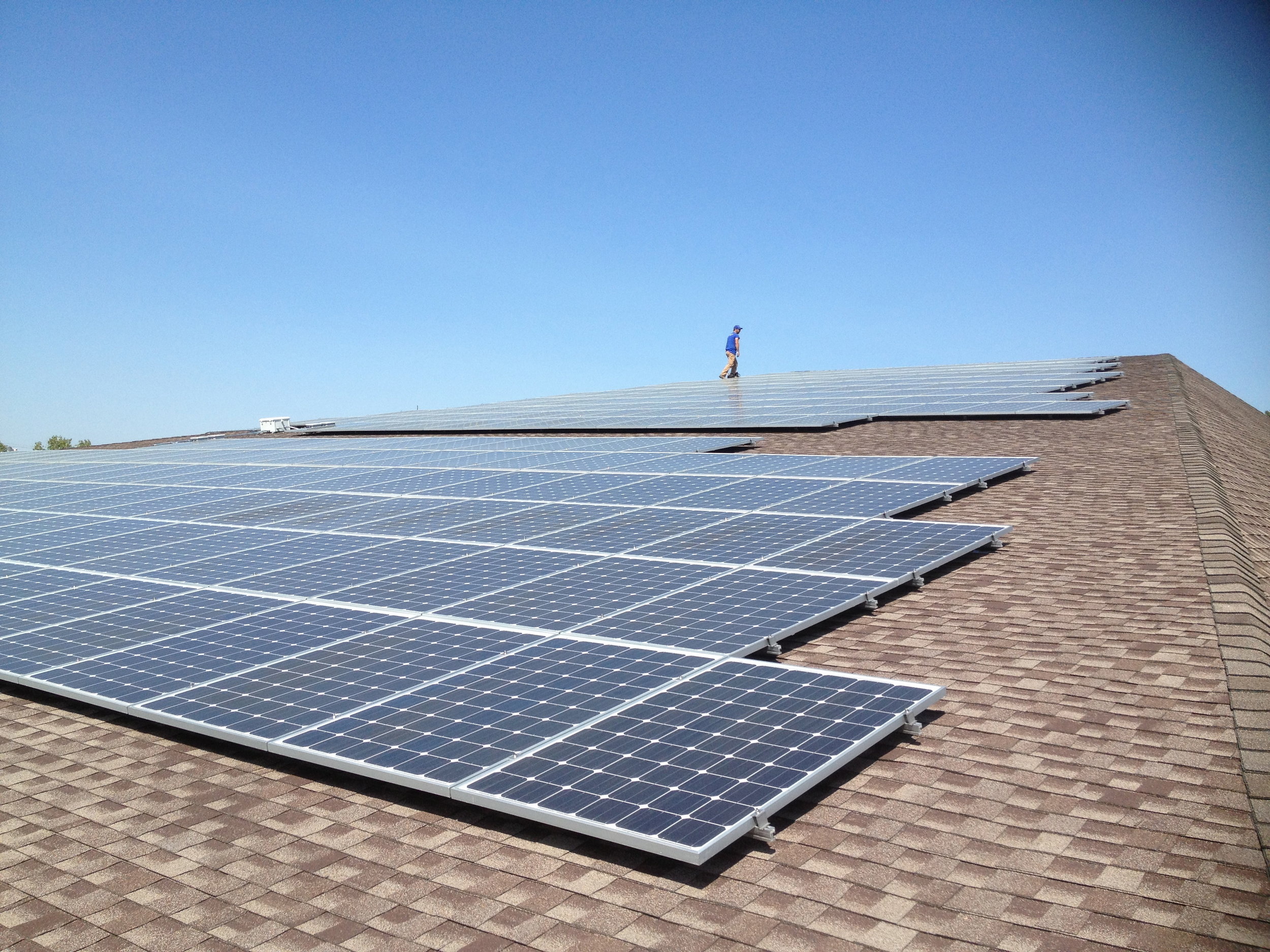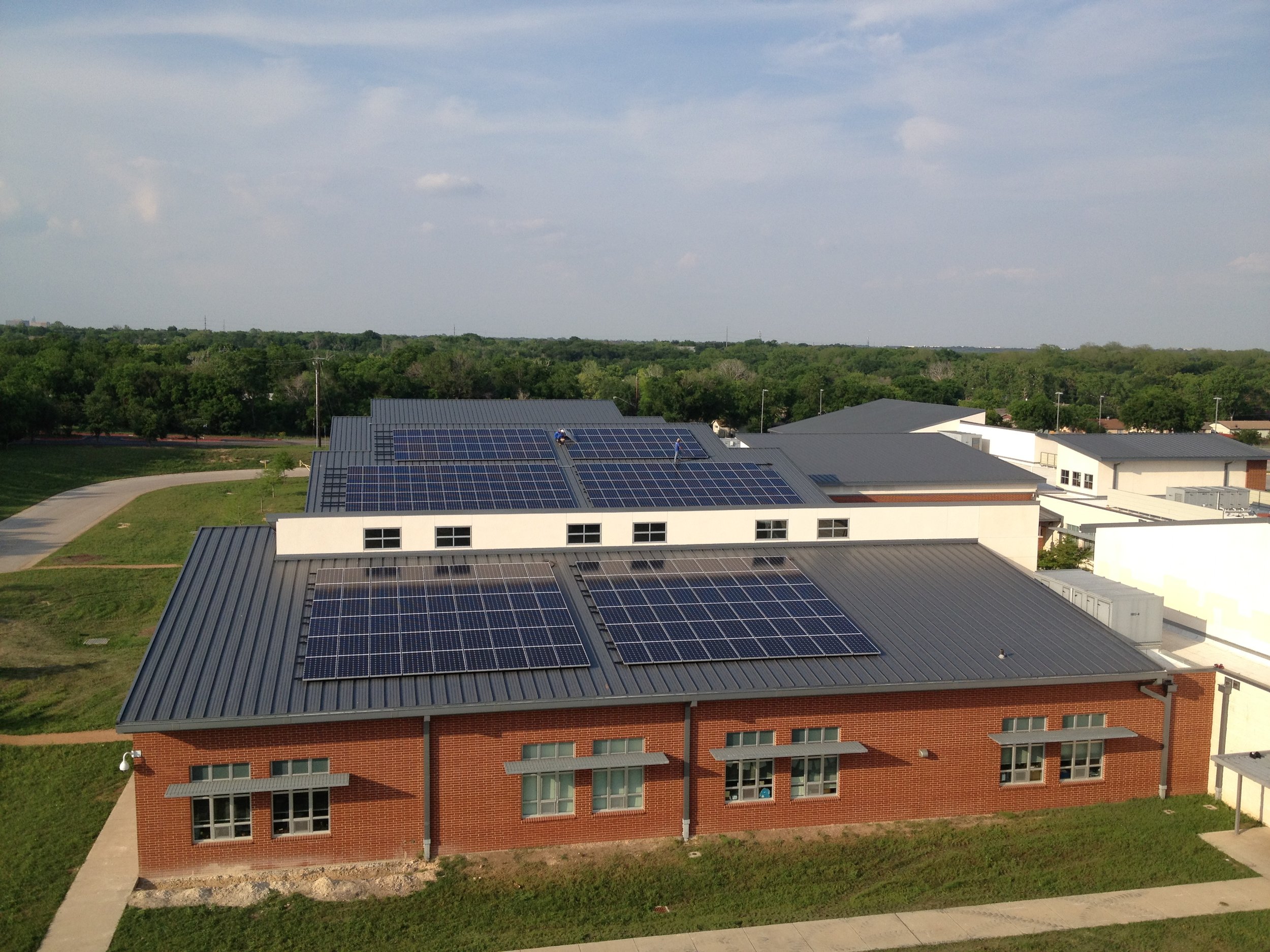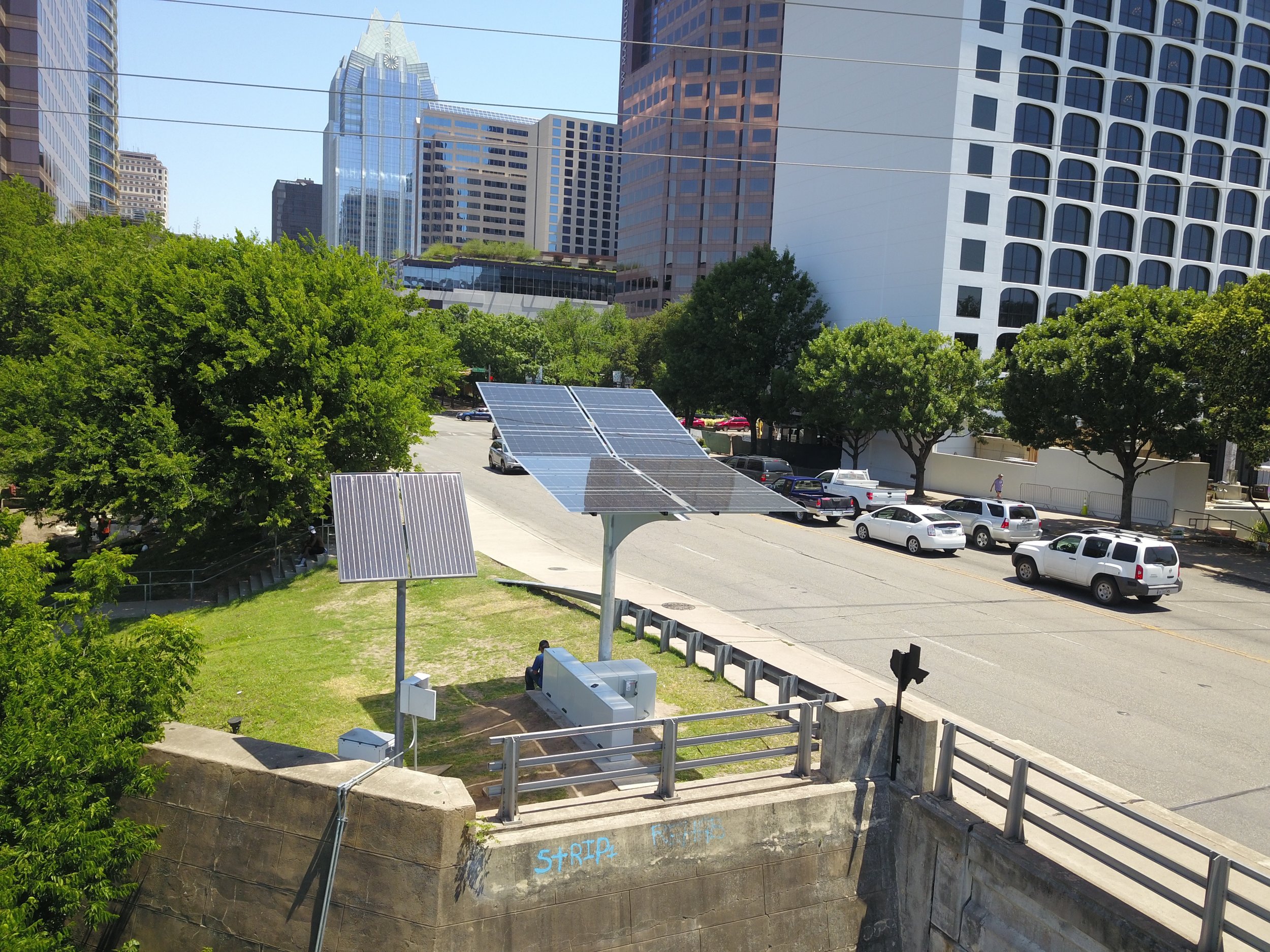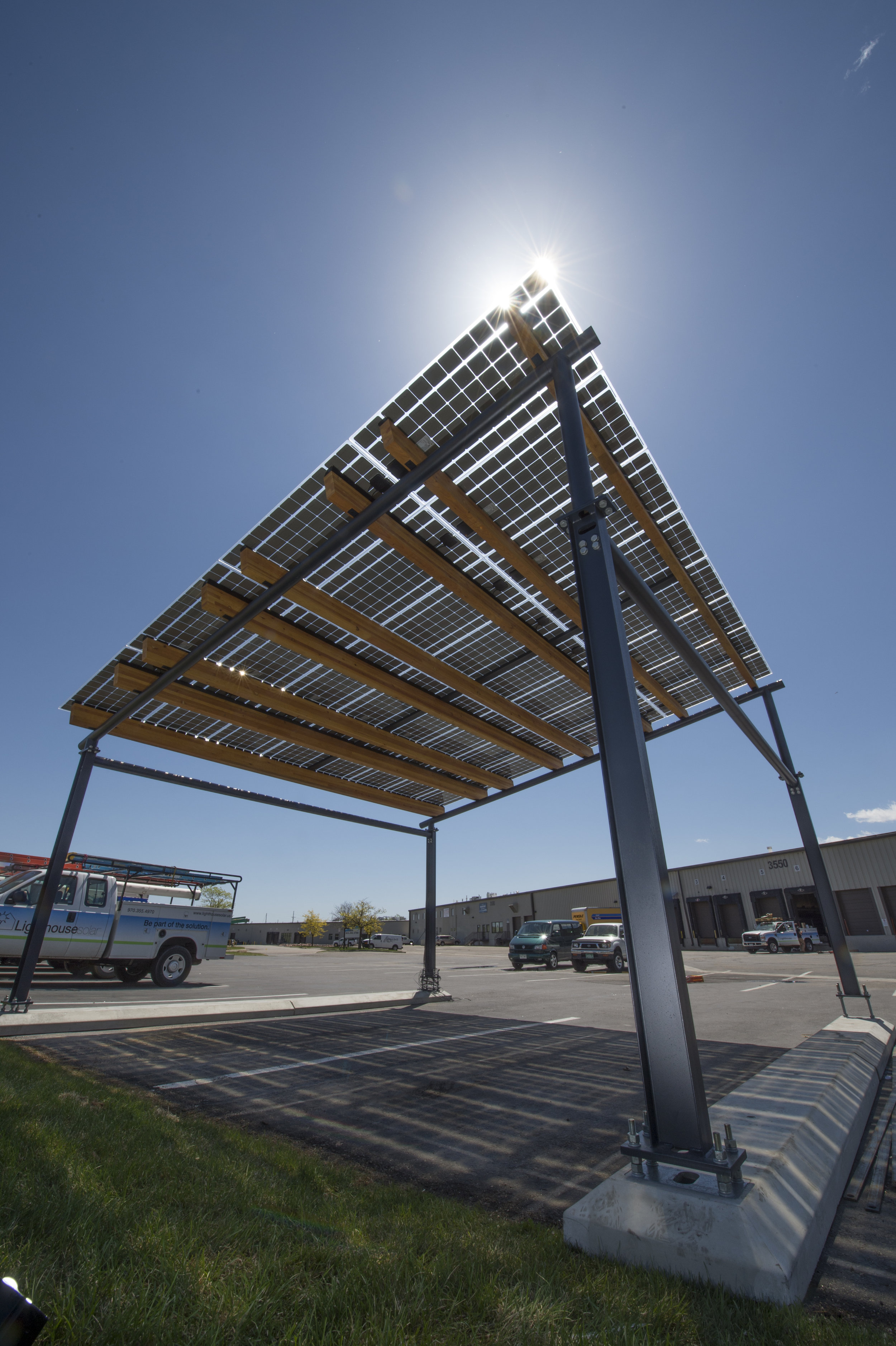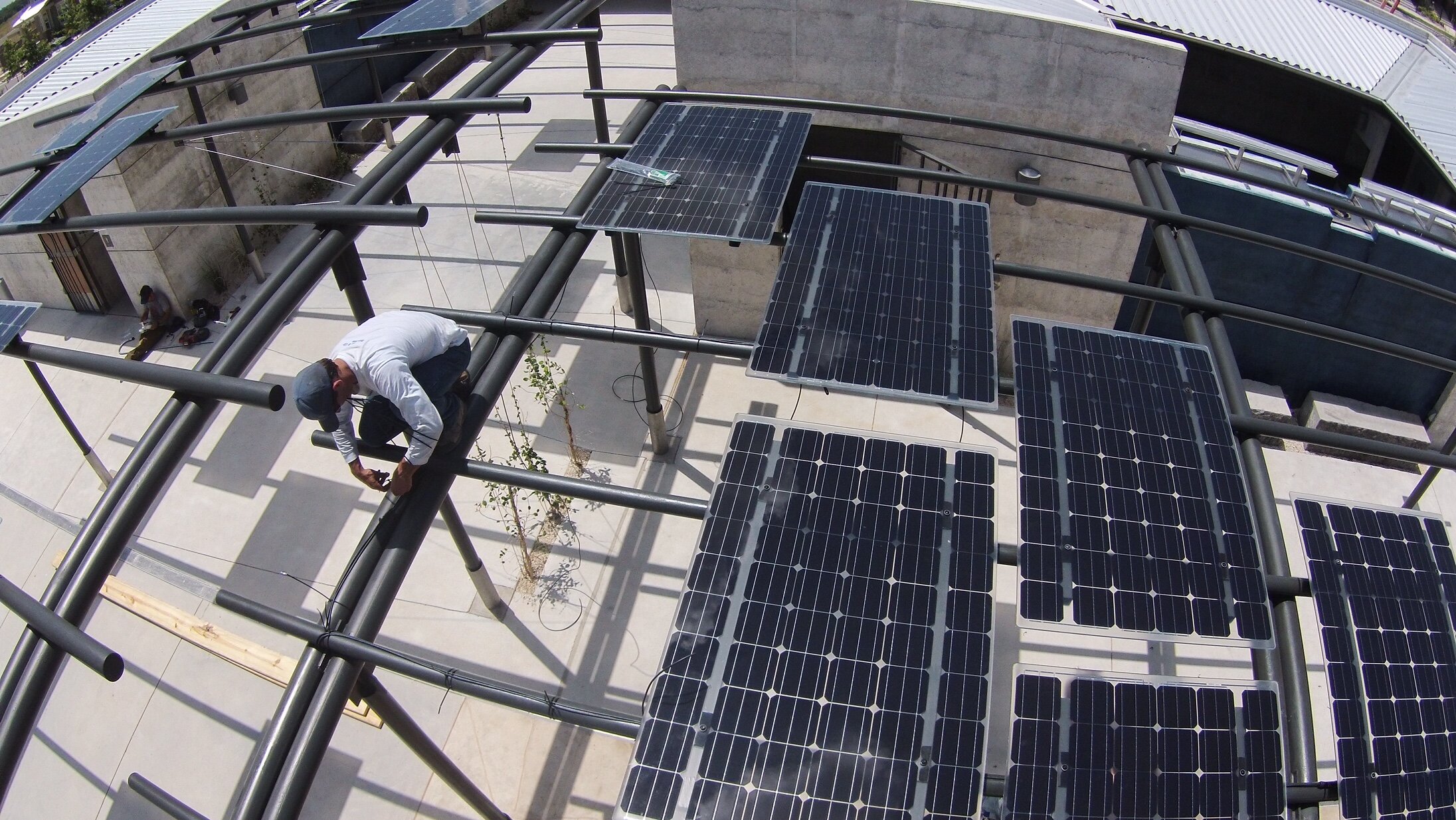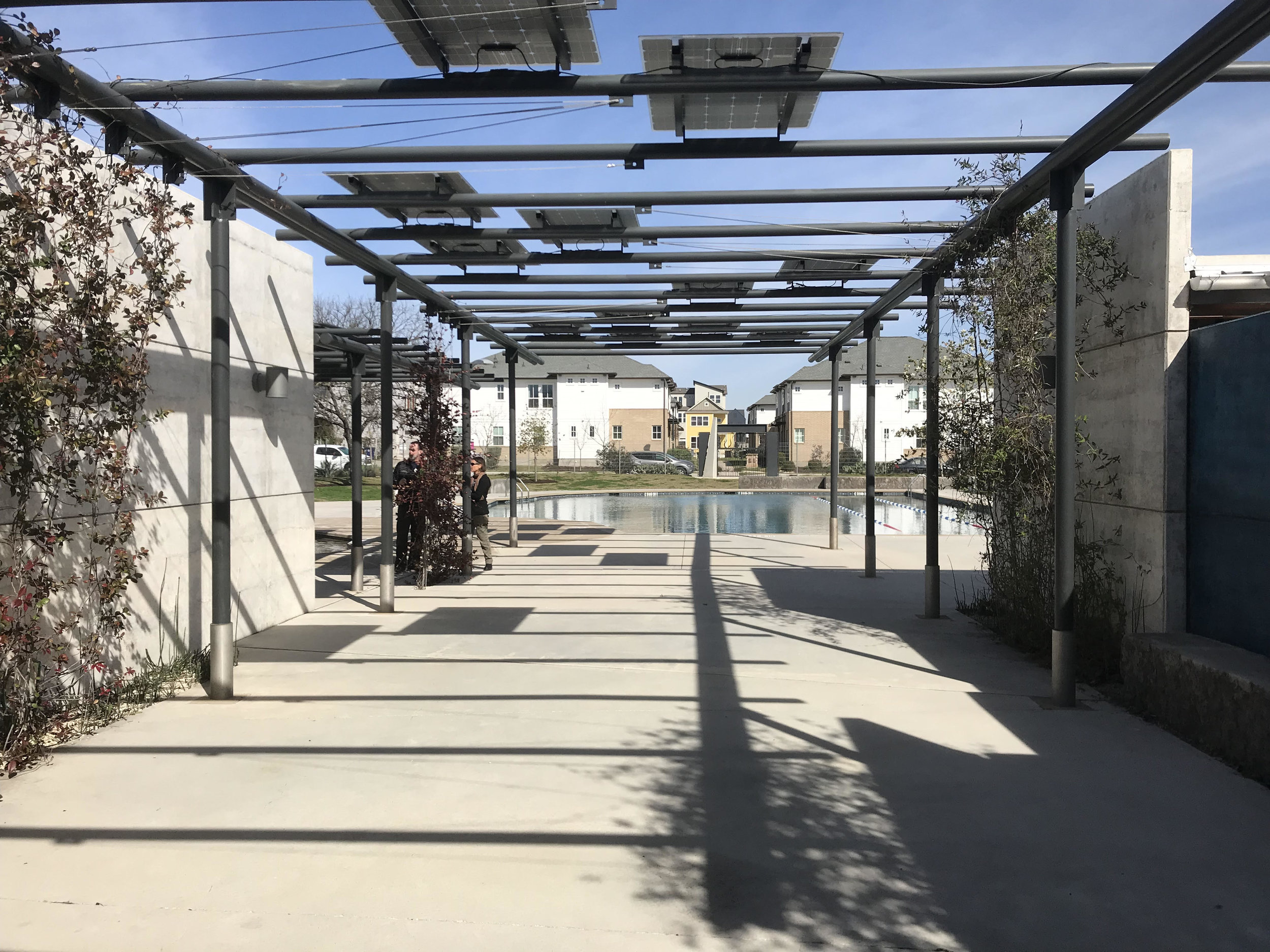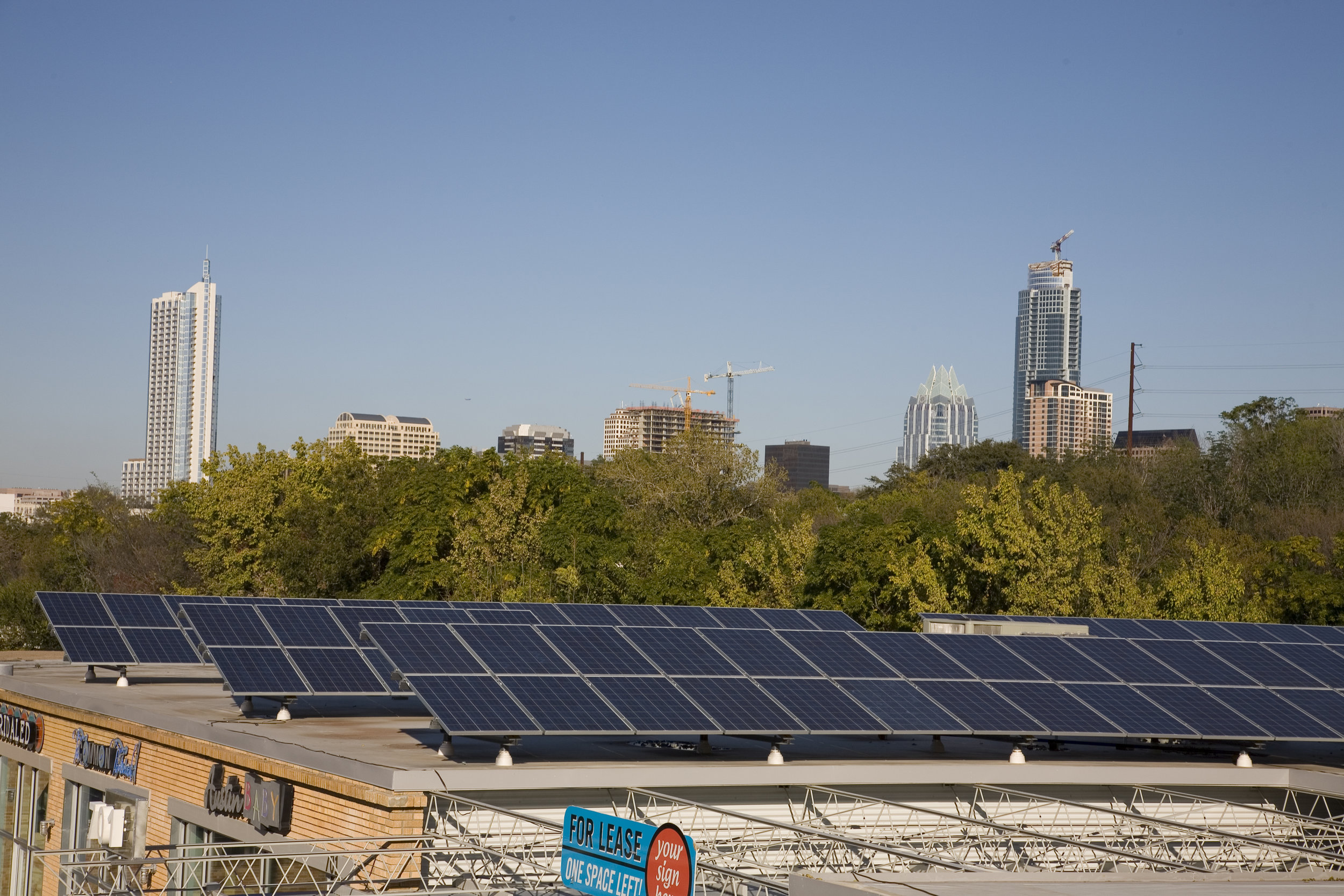One of the most important questions to ask when designing a solar array is, “What type of inverter does the system need?” Which inverter will provide maximum production for the best price?
Every grid connected photovoltaic (PV) solar system needs an inverter. It’s the brains and the brawn of the system, the integral piece of equipment that takes the Direct Current (DC), being produced by the solar panels, and inverts it to an Alternating Current (AC) which can then be used to power your appliances and interact with your local electrical grid, AKA, your utility company. The inverter is the workhorse of the system and does a majority of the heavy lifting.
Although there are many companies from all over the world that produce them there are only a few types of inverters including central inverters, string inverters and micro inverters. Since central inverters share many similarities with string inverters and are more often used in commercial and utility scale projects, we’ll focus on the two types that comprise a majority of residential solar systems, string inverters and the module level power electronics known as micro inverters.
Simply put, string inverters allow panels to work together as a unit while micro inverters allow the panels to work independently. Let’s look at them in more detail.
Micro Inverters
A micro inverter is exactly what it sounds like, a tiny inverter. They are small enough to attach one to each and every solar panel in the array, allowing them to operate independently from one another, converting the electrical current from DC to AC right at the panel itself. Micro inverters allow the panels of a system to work optimally under less than perfect conditions.
If you look at a satellite image of your neighborhood, you’ll see that roof tops come in all shapes and sizes. Some are big and simple while others resemble MC Escher lithographs, with multiple arrays of varying size pointed in different directions.
In situations like the latter, a micro inverter would be the best option. The presence of large objects that will cast shadows such as chimneys, tree limbs or even your neighbor’s house might also benefit from installing micro inverters. Remember, as the Sun moves across the sky, shadows will move across your solar array. Also, a shadow that exists in December may not be present in July. Any situation where, at any given time, a panel will be shaded while other panels are receiving direct sunlight would be a perfect situation for a micro inverter.
Imagine that your roof is comprised of many small arrays, multiple hips and valleys all aimed in different directions. Right in the middle is a chimney casting a shadow that moves across the plane throughout the day. When one section is getting direct sunlight, another is just receiving a glancing blow. When one panel is stuck in the shade of the chimney the panel next to it is getting kissed by the Sun. This scenario is easily solved by installing micro inverters to each and every panel. With micro-inverters, if one panel is basking in direct sunlight it’s not in danger of being slowed by another panel in the array that is hiding in the shade.
String Inverters
Now picture one big, open space to place an array of solar panels. This could be a large section of roof or even an open field on your property where you could place a ground mount. All of the solar panels in the array can be placed side by side and there are no objects such as trees, chimneys or satellite dishes that might cause shade. All of the panels will be under the same conditions. This would be a perfect environment to employ a string inverter.
String inverters come in different sizes and wattages. In a string inverter system, all of the panels send their DC current to a single inverter which will invert the entire load to AC. They are efficient with fewer moving parts and fewer possible points of failure than their micro counterparts. They can be used individually or in different combinations to match the size of any system. The panels can be configured onto two to three separate strings per inverter allowing for a certain amount of flexibility as well as increased efficiency. String inverters also come with two distinct advantages.
First, rather than being placed on the roof, the hottest and least accessible part of the house, the string inverter will be placed right next to the utility meter. It will be in the shade, which will boost efficiency, and will be easily accessible for any possible service. The second advantage is a lower price tag. Generally, a string inverter is a less expensive option than micro inverters, and saving money, along with reducing your carbon footprint and championing the environment, is one of the primary benefits of making the move to solar.
Optimizers
A hybrid alternative would be to use an optimizer. Optimizers can be used in conjunction with a string inverter and are placed on individual panels that might be affected by shade throughout the course of a day. If a part of the array is affected by shade the optimizer will adjust the output of the affected panel, saving the other panels from being slowed down in the process. Then, when that panel comes into full sun, it will readjust the output and re-engage with the other panels at full power. Optimizers can be added to a system even years after the initial installation as shade from growing trees begins to affect the production of the existing panels.
In short, going with the right inverter will allow your system to perform at its peak potential. Beware of salesmen or installers that bid only one type of inverter or even one brand of panel, claiming that their product is “the best” or the “most efficient”. What that usually means is that they only have one option available to them and they are trying to sell that product as the best for all situations. Your home and even your energy usage is unique and there is no one-size-fits-all solution. As always, a little homework goes a long way. Read some reviews, get proposals from several qualified installers and go with the company that will design an efficient and cost-effective solar system around you.










